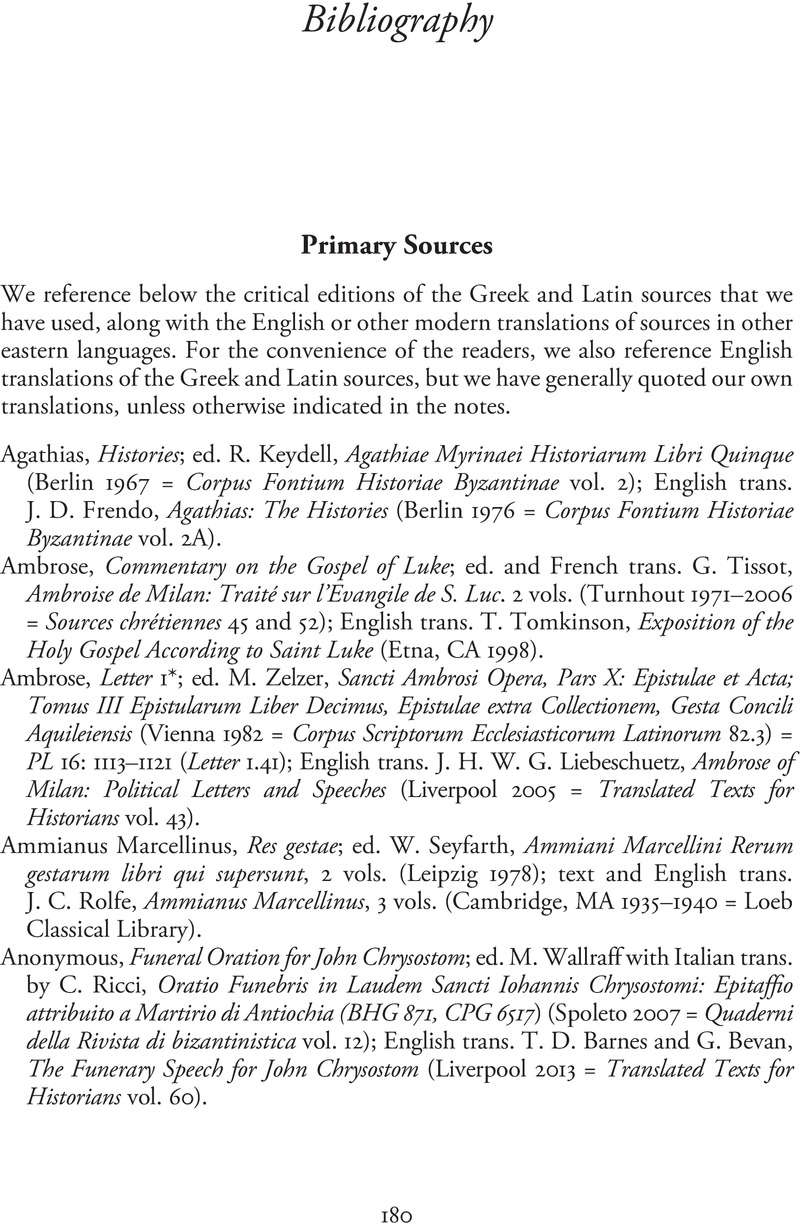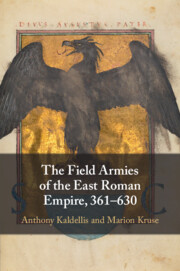Book contents
- The Field Armies of the East Roman Empire, 361–630
- The Field Armies of the East Roman Empire, 361–630
- Copyright page
- Contents
- Preface
- Abbreviations
- Maps
- Chapter 1 The High Command from Julian to Theodosius I (361–395)
- Chapter 2 The Late Emergence of the Eastern Notitia System (395–450)
- Chapter 3 The “Classic” Phase of the Eastern Field Armies (450–506)
- Chapter 4 The Dispersal and Decline of the Eastern Field Armies (506–630)
- Conclusions
- Book part
- Bibliography
- Index
- References
Bibliography
Published online by Cambridge University Press: 27 April 2023
- The Field Armies of the East Roman Empire, 361–630
- The Field Armies of the East Roman Empire, 361–630
- Copyright page
- Contents
- Preface
- Abbreviations
- Maps
- Chapter 1 The High Command from Julian to Theodosius I (361–395)
- Chapter 2 The Late Emergence of the Eastern Notitia System (395–450)
- Chapter 3 The “Classic” Phase of the Eastern Field Armies (450–506)
- Chapter 4 The Dispersal and Decline of the Eastern Field Armies (506–630)
- Conclusions
- Book part
- Bibliography
- Index
- References
Summary

- Type
- Chapter
- Information
- The Field Armies of the East Roman Empire, 361–630 , pp. 180 - 193Publisher: Cambridge University PressPrint publication year: 2023

